
Crazy Comparison! The Olympus 25 f/1.2 vs Sony 50 1.4..Just for fun!
By Steve Huff
Hey all! Happy week before Christmas! Today I was home and messing around with two cameras. The Olympus EM1 MKII and the Sony A7RIII. Two cameras I have really come to love. The Sony is a continuation of the A7 series and the best yet for them, and the Olympus, even a year after they released the camera, is still today and amazing photo taking machine. With the new pro lenses, this system has automatically become MUCH more attractive to me, and I already had love for it as it was. I own the Sony A9, Olympus EM1 MKII and a Sony RX100 MKIV. I also own a PEN-F and the medium format beauty the X1D. These new Olympus lenses? AMAZING. They bring the performance of Micro 4/3 closer than ever to full frame in regards to the “look”.
Many out there dispute that full frame has any advantages over APS-C and while I disagree, I do see the value and strength in all of these systems from M 4/3 to APS-C to Full Frame. Me, I have always been a fan of fast glass, but QUALITY fast glass. The new 17 and 45 and the older 25 f/1.2 lenses from Olympus are truly QUALITY and 2nd to none in that quality. Next to the Sony 50 1.4 Zeiss, these Old lenses are maybe half the size and weight. Yes, I am aware that the Olympus 25 f/1.2 is just that, a 25mm lens. It is NOT a 50mm lens, so will give us the depth of field of a 25 f/1.2. It will give us the Field of View of a 50mm lens, and will give us full frame equivalent DOF of a 50 2.4. EVEN SO, these quick grab comparison shots show that the Olympus lenses are looking mighty fine when it comes to wide open performance.
All of these shots were done for fun, my own curiosity really. I decided to post them like I used to do with a “Crazy Comparison”. The Micro 4/3 $1799 EM1 MKII and $1199 25 1.2 vs the full frame $3199 Soy A7RIII and $1500 50 1.4. $2900 vs $4600! But keep in mind there are strengths to each of these systems and the Sony will do some things better than the Olympus and the Olympus, believe it or not, can do things better than the Sony. If you care for my thoughts on this, I will post more after the images below.
But let’s get to some comparisons. I wanted to see the DOF difference in real use, not just using numbers but I wanted to see with my own eyes of the 25 f/1.2 could compete with the 50 1.4 from Sony. Look below and see which rendering you prefer, which color rendering you like better and which overall vibe you enjoy more. Both cameras are made well, feel great and are fast in use. I used each camera exactly how I use them in real life (Aperture Priority, Wide Open Aperture, Auto ISO), as that will give me the best representation of “real world” results. NO science here my friends, just my eyes and your eyes.
1st Shot, a B&W of my friend ToddHata, Travel Blogger.
Click them for larger versions. What do you see between the two?
Now a simple shot which shows the DOF difference more clearly. You can see the Sony blow out the background at f/1.4 while the Olympus is less shallow, even at f/1.2. This is because the Olympus is a true 25mm lens, not a 50mm. The wider angle and fast aperture will always give you MORE Depth of Field than a longer focal length. While the image gives a 50mm FOV, it’s not really a 50. Therefore it’s not a 50 f/1.2, but again, a 25 f/1.2. Yes it is a real f/1.2 lens and has f/1.2 light gathering which is important for lower light work. THIS is another reason these lenses are wonderful to own with a micro 4/3 system. It opens you up to even lower light shooting. What you see below is what came out of the camera, and the Sony has a slight color cast here.
–
This shot is interesting. I clearly see the more shallow DOF of the Sony here but I still really like the Olympus shot. The DOF is still very shallow, and the subject is sharp. I also prefer the out of camera color of the Olympus here, even though the difference is slight.
–
This one I prefer the Olympus OOC rendering for sure. Its brighter, exposed correctly and the card looks alive next to the Sony darker Dra appearance. OF COURSE we can fix this with some Lightroom or PS tweaks but but of camera, the Olympus image looks nicer to me here.
At the end of the day we just can’t go wrong with most cameras that are out today. Wether you like DSLRS or Mirrorless there are choices that perform superbly in all formats. The new Panasonic G9, the Em1 MKII, the Sony, Leica, Fuji and others. All good choices and choices that should be made from the heart. I get asked almost daily “what camera should I buy” and my answer? The one that SPEAKS TO YOU the most. That’s when you will USE the camera the most, when you truly LOVE using it. For me, the camera I love USING the most is my X1D. The next in line would have been the Leica SL (no longer own) and then the Olympus and Sony. Sony is awesome in performance and tech but I will be honest, the design leaves a lot to be desired. I’d love to see Sony release a special edition camera where they go all out with a killer design and minimal menus. It will never happen but I would still love to see it happen.
These days I use my Sony’s for video 90% of the time, my Olympus for photos all of the time and my X1D for when I want something special, or when I go to the lowest light venues.
In regards to the above comparison, both full frame and Micro 4/3 have their pros and cons. With Micro 4/3 and lenses like the new 17, 25 and 45 pro we get gorgeous pro lenses with an amazing fast 1.2 aperture and they were DESIGNED TO BE USED wide open at f/1.2 and deliver their magic at that aperture. After f/1.4 the Oly loses the feathered Bokeh and goes back to solid bokeh. So use these lenses wide open, they are amazing and sharp even at f/1.2. Reminds me of some of the best in Leica glass to be honest, at 1/10th the cost. These bring micro 4/3 to the next level, and are very welcome to M 4/3 shooters. I have been reviewing cameras for 10 years and 2017 brought the best ever digital tech I have had the pleasure of experiencing.
Micro 4/3 can offer things over full frame like more DOF (not everyone likes super shallow DOF) which will allow portraits with the 45 1.2 to be IN FOCUS, both eyes, nose, etc. ALL while giving a very shallow DOF, just enough to make it pleasing and beautiful without going overboard. Micro 4/3 can also be FAST in operation and AF as well as a camera like the Em1 MKII being OVERBUILT. It can take a beating that the Sony could not. I have dropped the EM1 MKII into deep puddles of water, had a downpour on it for an hour and dropped it twice onto concrete. I have had it I snow, ice and it just keeps on going, never failing me once. It offers gorgeous IQ in good light and evening light but can suffer in the lowest of light as the high ISO is not in the full frame territory. Hence, these new lenses to help with that. Micro 4/3 is a GREAT system, Olympus or Panasonic.
Full frame, or the cameras in the Sony system to be more specific offer the potential of offering very shallow DOF and what I love is that I can use any lens made on it (via adapters) and I get the full performance and character of the lens. On a crop body we lose some of that character and gain a telephoto effect. So full frame offers that as well as some of the best low light capabilities we can get in a camera. Build is excellent but not to Olympus standards and the lenses will be large for QUALITY glass but when you nail a shot with a Sony A7RIII, the file is astonishing and loaded with detail, if that is your thing.
APS-C is a mix between the two above and offers a larger sensor than Micro 4/3 but smaller than Full Frame. Me, even after trying every camera ever made I am a fan of Full Frame and Micro 4/3. APS-C for me, is a no go. I just never truly love cameras with APS-C sensors, for ME. Many APS-C bodies are great but I feel I get all I need from these two formats above and Olympus, IMO, makes some of the nicest lenses being made today.
As of now I highly recommend the new 17, 25 and 45mm f/1.2 lenses from Olympus. I also recommend the 50 f/1.4 from Sony as it is also a gorgeous lens for full frame Sony shooters (my review is here). More on the way from these new Olympus lenses..stay tuned for a new video and photos AND comparisons with the 45 1.8 and Nocticron 42.5 f/1.2.
ORDER THE NEW OLYMPUS LENSES from B&H Photo:
A COUPLE FROM THE 17 WIDE OPEN…..


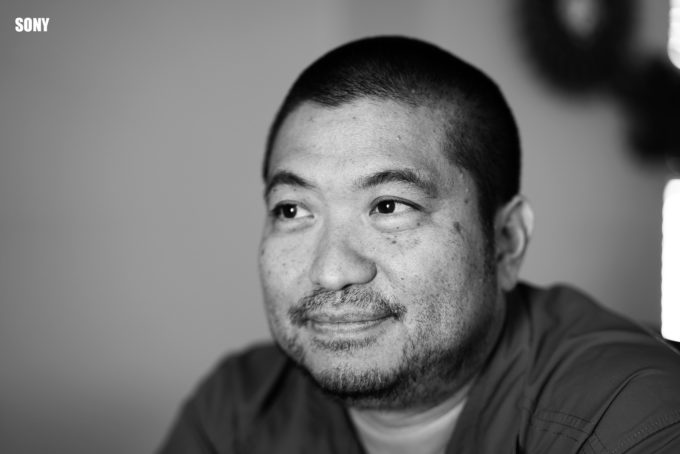
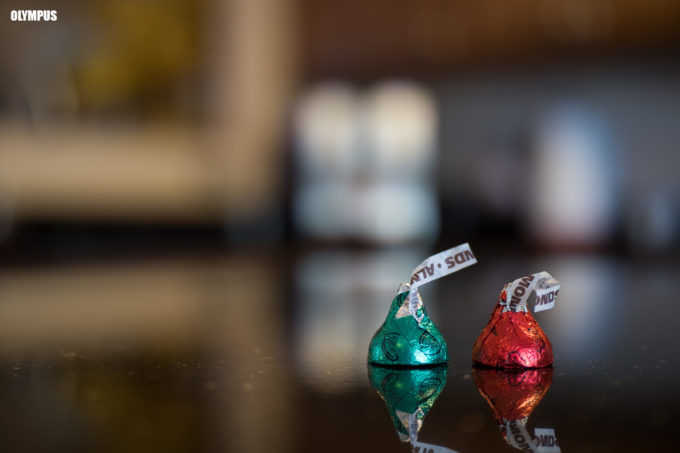
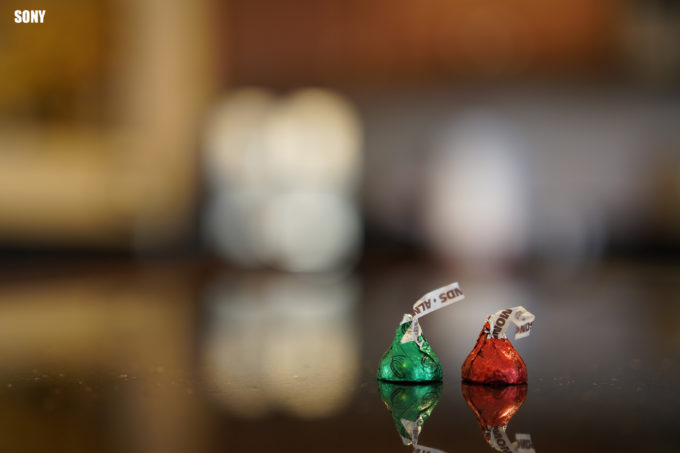
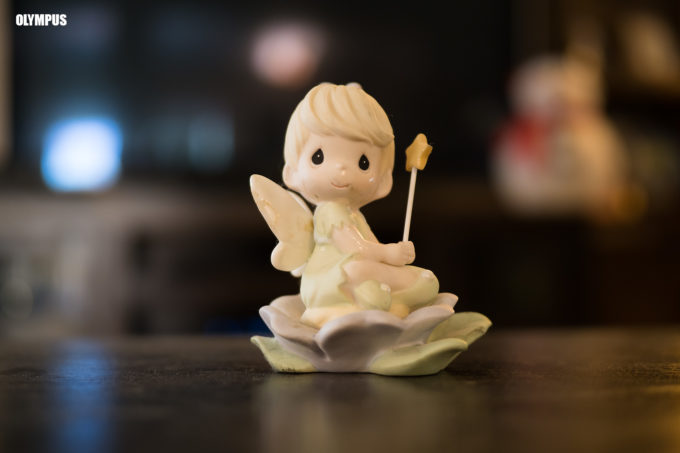
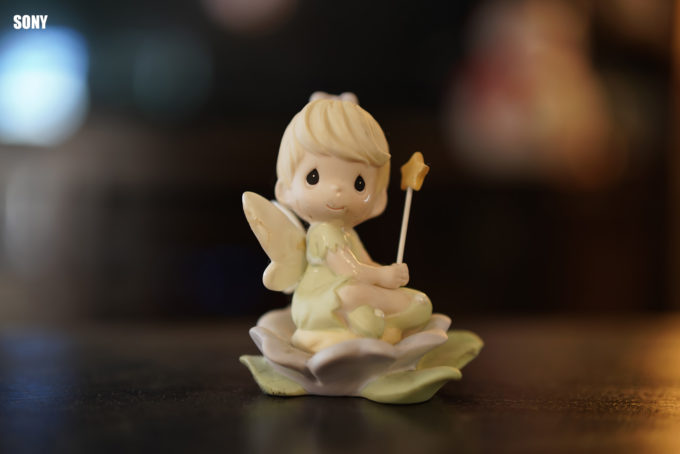
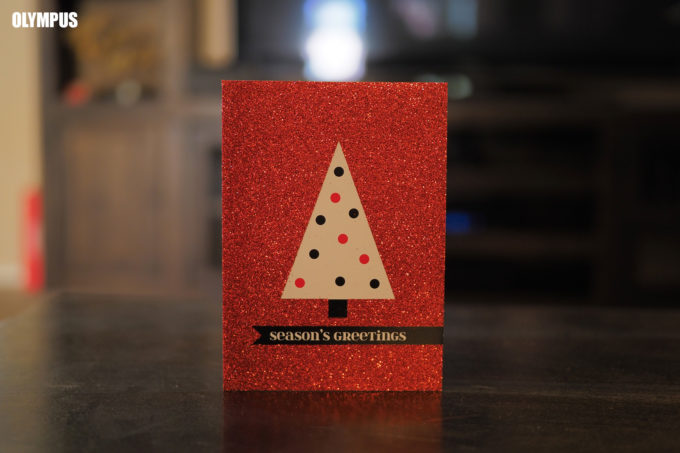
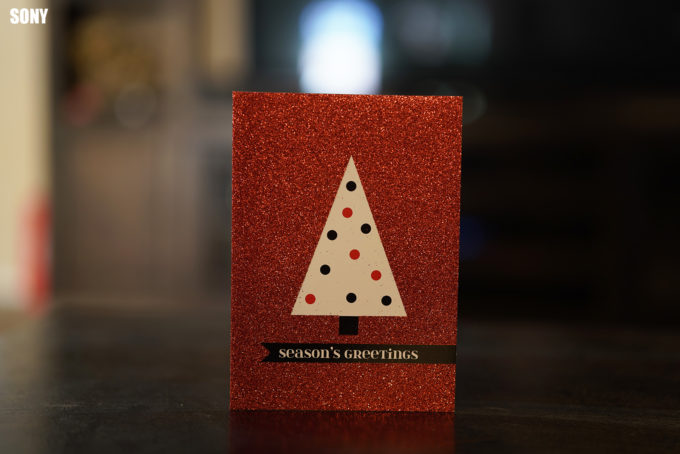
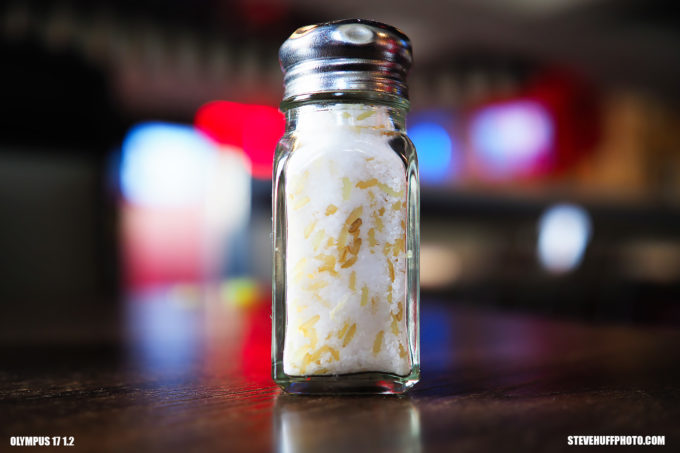


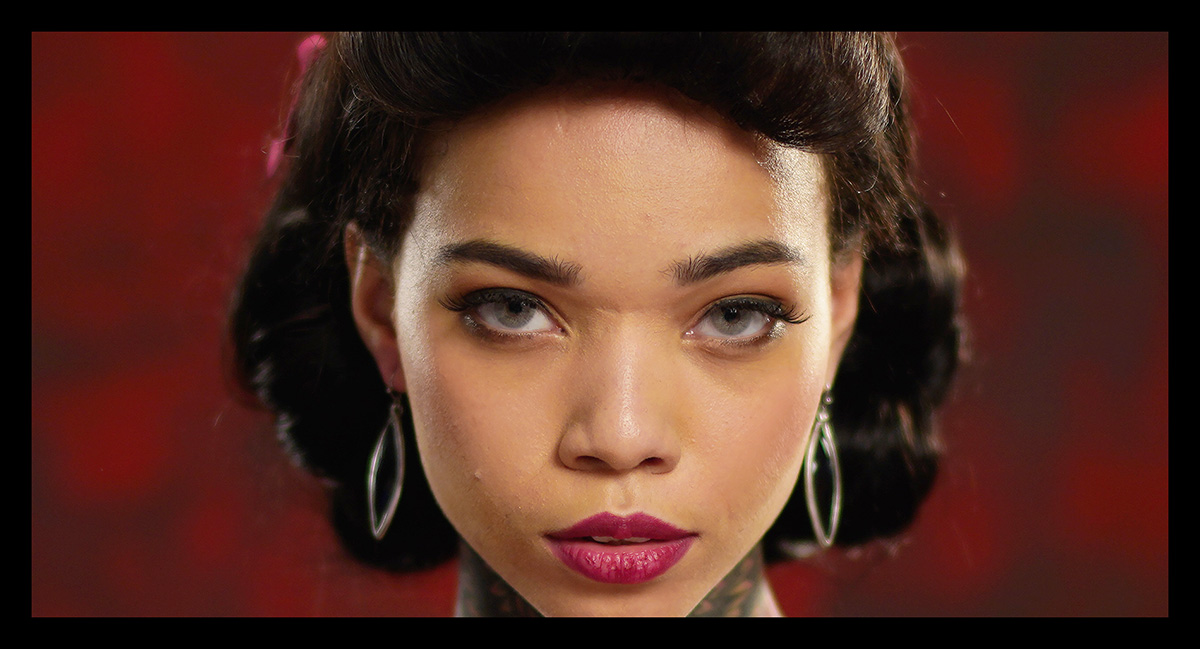
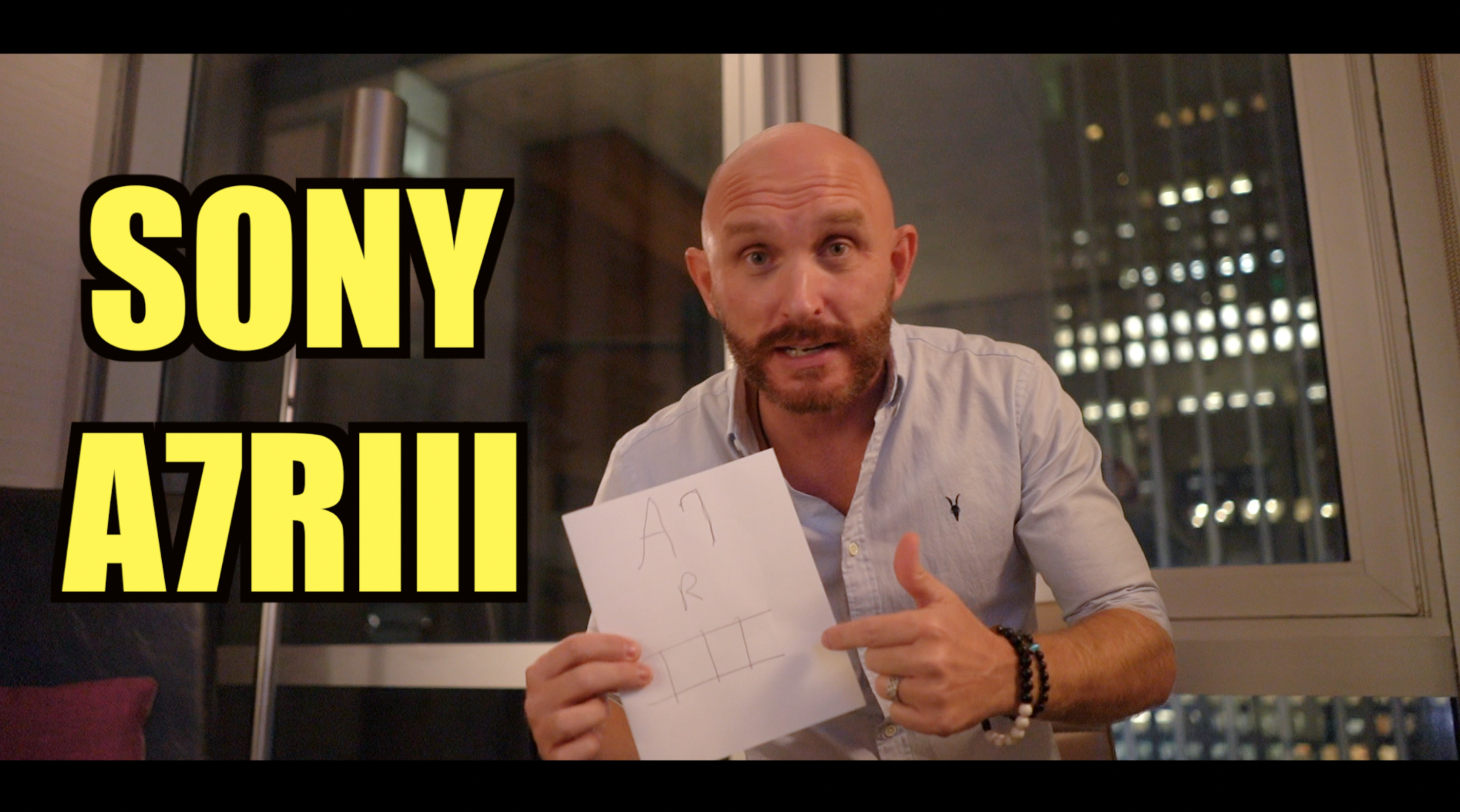
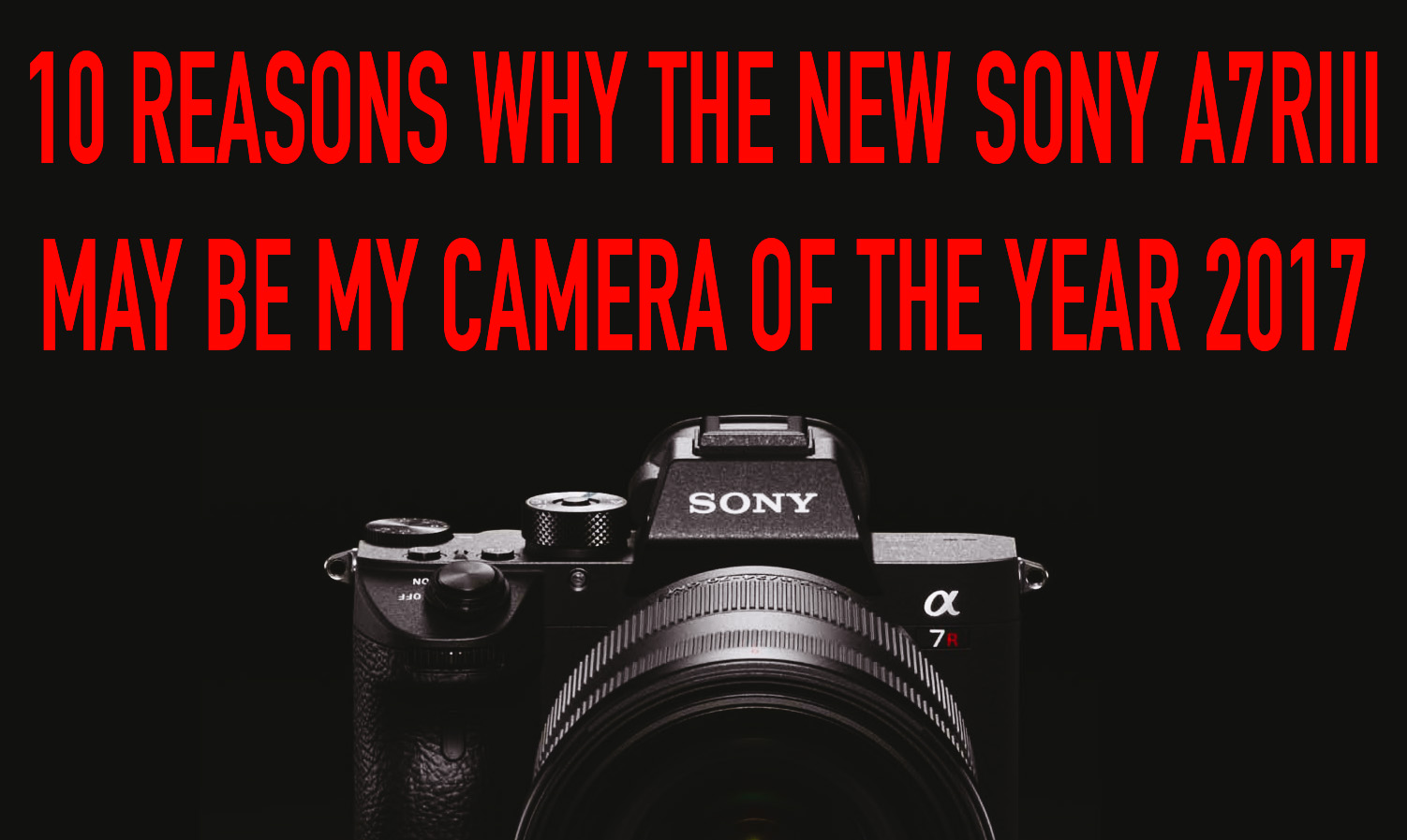
F1.2 clarity, glow, dimensionality.
F1.4 mushy, dim, flat.
Quite understandable : F1.2 more light gathering, better lens elements.
(Easy to appreciate that two of your photography buddies switched from Leica to Olympus because of Olympus F1.2 lenses).
Great analysis and excellent photos. I own the Sony A7RIII and 50mm f1.4 Sony lens and am greatly impressed with the capabilities, especially low light rendition. Right now, I am also working with the new Voightlander 40mm f 1.2 lens and love it. Its sharpness and ease of focussing is incredible and takes me back to my old range finder and split image film SLR days. I would would like to see this lens added to the comparison.
I had to trade in my Olympus Pen f with 25mm f1.2 lens for the Sony system. One of the reasons for this was something you don’t mention in your review: the crop factor. I do a lot of artistic photoshopping of my images and cropping is an important part of my work. One just doesn’t have the crop capability with maintained sharpness with the 4/3 system that one does with full frame. If you don’t do much cropping, Olympus is a wonderful lightweight carry around system. For me the lightweight Sony with the lightweight Voightlander 40mm f1.2 is just as easily transported and is my favorite.
Hi, Steve,
I share your passion for Olympus, and I have an OMD EM-1 Mk1. The new pro series is a photographer’s dream come true.
I am surprised that many photo blogs and web sites do not mention Olympus at all. They do not bash it – they just completely ignore it.
For me, an Olympus with the three or four primes, flash and Capture One Pro is the only thing that is needed to produce excellent pics.
Val
Very informative, and balanced, the later not so common these days…
Another thought is that the Sony 50mm (att this time) is regarded as the sharpest “normal” lens by other internet sides, and from that perspective the Oly is pretty damn good, especially in keeping contrast and a feeling of sharpness in unsharp parts, a lot like Leica
Overall as a Em1 mk 2 owner and not doing much low light work, I would like to have more DR (landscape photography) and a AVF like the Leica Q, but the size and weight easily compensates these things for me. And by the way I can only confirm the build quality of the EM1 and PRO lenses, rain, snow, ice, wind, whatever, it just works and with 95% photographing outside, this is major concern for me, living in a country with a lot of these not so pleasant conditions (Sweden)
Depending on the background and desired output, I like them both. If you want your background more compressed, use the full frame. If you want more separation, use smaller sensor as it push background away. Basically, if you want more/less DOF…choose accordingly….your first image of a face shows both eyes in focus, small sensor, where the second image has only the front eye in focus, large sensor. Of course, you knew this….
Nowadays you can hardly go wrong with any system. However, this interesting comparison shows once more that the main reason to go for brand X or brand Y is the way colors are reproduced. Even when you can improve things a lot in post processing I cannot imagine that you want to do this with all your images. For me Olympus is (together with Leica) at the very top when it comes to quality of colors. And Sony… well the pictures seem to show the sort of shade that I saw last when I had to use my underpants for a few extra days because my luggage was lost.
—
What would be interesting is comparing the performance in low light situations. Olympus with its fast lenses and incredible stabilization versus the high ISO of a larger sensor.
This comparison is not crazy at all as these lenses shoot the same approx. focal length and have a similar price tag.
Nevertheless, I think it is one of your least successful comparisons. The first black & white portrait has bright highlights in the right corner of the Sony image, resulting in a completely different exposure. Then you continue to take photographs of miniature objects. From my experience, M43 lends itself extremely well to this type of photography, but rarely do I find myself shooting such miniature objects in real-world situations.
Doesn’t matter if you shoot “miniature” as you say, portraits or landscape. The main differences will be color output, DOF and resolution, of course. As I stated in the article, I shot them as I would normally shoot each camera, which would produce the most accurate “real world” output. So if you see bright highlights in the Sony, that is how the Sony exposed the scene. There are tons of examples with the Olympus on this website shooting all kinds of subjects.
Too bad you didn’t have a 55 1.8 on hand. I still think it’s the best over all FE lens in that focal range and its the perfect size for the A7 bodies. That 1,4 is too damn big & heavy for the Alphas … I’ll give up a little speed for the perfect size lens, especially when shooting as close as you were for these shots. 😉
The 55 1.8 is not in the same league as the 50 1.4, that’s a fact. It’s smaller but not nearly as good with sharpness, contrast, separation, bokeh quality or 3D effect when shot wide open. Many love that 55 1.8 but I always found it to be sterile and a tad cold in the rendering. Size is perfect though, I will say that.
Steve is quite right when he points out how tastes are different.
For me, I like the output from Sony’s FF cameras but the shooting experience leaves me a bit cold. My EM1-11 and EM5-11 are quick, accurate and I like the feel and fast response of them. For me, the IQ is good, but I can tell the difference with lenses and only like to use Olympus Pro glass. The Olympus 50-150 F2.8 is perhaps my favourite lens as it is great wide open.
But I do not agree with Steve on Fuji. I recently acquired an X-Pro2 and 35mm f2. I simply love it. IQ is very near as good as a FF Sony, full of details and with lovely transitions between shadows and light. Not flat or digital at all to me (perhaps it is the fact I dont use lightroom??). Fuji lenses are also excellent.
Fuji is in some respects the best of both worlds. Fast and nimble like the Olympus system, but with IQ almost as nice as Sony, but all with a much easier and more intuitive control set up, with physical dials and easy menus.
I could fall for the Fuji system quite bad I think. 🙂
Hi Steve, lovely comparison between two gorgeous lenses on two different cameras. I had the A7Rii, PenF, and XPro2 for sometimes, not these two lenses though, I prefer everything coming out from the Oly, colour, sharpness, rendering, handling etc. Now, very happy to stay with M4/3 and invest more on good lenses and time to enjoy photography. No more GAS.
There’s a magic quality Olympus has that Sony has never been able to deliver. The tones and overall snap of the Olympus images are always a favorite of mine. I don’t own an Olympus camera but I have friends that do and their photos always amaze me. Right out of the camera jpgs are spot on.
Very interesting. Oddly, of all the shots, I prefer the Sony greeting card because the background is much more pleasing to my eye, and you can’t easily duplicate the blur in PP. Rendering is such a subjective issue, but for my eye and taste the Sony is just totally wonderful.
Interesting comparison, but I’ve grown to love the Fuji X “c” sensor and I compare everything to that. I have full frame Canons, and I’ve tried full frame Sonys, but the Fuji X-Pro 2 is easier to gain control over, and makes the most beautiful dreamy portraits I’ve ever imagined. It’s my favorite camera after trying many over the last 54 years of Photography.
Interesting and shows just how much tastes differ among us all. The Fuji X Trans and X Pro 2 are probably my least fave cameras and sensor on the market and I have 10 years experience of using cameras almost daily, and new ones weekly at times. I have used almost ALL of them made over the last 10 years. I find the Fuji’s to produce somewhat crisp but flat imagery (with nice color) and its low light performance to me, is not very good (I mean LOW light) and yes, I have seen thousands of photos from MANY shooters with the X Trans seniors and latest Fuji cameras. We all have different tastes and we all see images differently it seems. While I do not hate the Fuji’s, they just do not appeal to me in construction, feel or all out IQ. It’s a loved system, and many adore their Fuji’s but just as some dislike Soy’s output or Olympus’s output, some dislike Fuji’s. All this means is we are all unique and all like different things ; ) That’s a good thing.
Hi Steve. Well, about the only thing we tend to agree on, apparently, is our admiration for the Olympus System, despite my opinion that it’s not my system of choice for printing large. I actually find the Fujifilm X-System quite suitable in that regard, as I’ve successfully printed 24×36″ poster prints with my X-Pro2 and some superb Fujinon glass. In fact, having come from other DSLR systems, I can state that printing Fujifilm files large, requires little if any sharpneing in post, due to a combination of their sensor, processing engine, optimum exposure, a solid tripod, using good post-processing technique, and last but certainly not least, their stellar Fujinon optics!! IMHO, the Fujinon XF90mm f/2 is the sharpest lens I’ve ever used. It would be an interesting test comparing that lens to any 90mm-equivalent lens from ANY system! Happy Holidays, Steve!
Well stated, Richard! As a Fujifilm X-Shooter myself, though I don’t do portraiture, I find the X-Pro2 coupled with some stellar Fujinon XF lenses, makes for some of the sharpest, most detailed landscape, product and macro images I’ve ever made, in 35 years in photography! I look forward to what 2018 brings to the X-System. Happy Holidays sir!
As a working pro, I’ve shot with nearly everything for an extended period of time (and still retain three systems). When I tried the original X100, I was blown away by the image quality and color coming out of that little camera, even though its “leisurely” operating speed drove me nuts at times. But I fell in love with Fuji’s philosophy. Shortly thereafter I dove into the system completely and it’s my primary camera of choice now (though I do still retain a Nikon system and have a small OM-D system). For me personally, the Fuji system gets very, very close to full frame quality, with colors I love, and a richness and depth in the files that I just cannot attain with the E-M1. I love Olympus’ technology, design, and glass, but that m4/3 sensor produces files that just look “thin” by comparison—to my trained eye. And the E-M1 cannot come remotely close to the X-Pro2/X-T2/X100F in low light performance, lagging behind by a solid 2 stops. And I work in lower light environments than most people.
That said, I agree with Steve in that everyone’s tastes are different. To add to the confusion, everyone’s monitor looks different, and is calibrated differently; everyone sets their cameras up differently; and everyone processes their images a little bit differently.
So there are a ton of variables.
The main weakness of M 4/3 is low light performance, that I will 100% agree with. But Fuji is also not the best in low light. Sony crushes them in low light ad high ISO capability ; ) But the best low light camera I have ever worked with is the X1D. That sensor excels in the lowest of light and beats my Sony without question. For low light I grade Oly and Panasonic the lowest due to smaller sensor, then Fuji for APS-C and then Sony for full frame and X1D for MF. Since I do not use or enjoy DSLR’s I have no idea where they are but Sony reigns supreme in mirrorless low light capabilities.
I’ve never tried the X1D. It has the exact same sensor, I believe, as the GFX. For strict low light performance in 2017, IMO the two top cameras (in order) would be…
Nikon D5
Sony A7sII
As to the Fuji APS-C cameras—totally solid to ISO 6400, decent at ISO 8000, usable at ISO 12,800…depending on the quality and direction of the light. Beyond that, forget about it. Your best bet is either of the two cameras referenced above.
APS-C will get another high ISO/DR bump next year.
Correction to you. The best low light performance from ANY camera is the X1D. Even DXO says so. That sensor is amazing in the X1D, not as amazing in the GFX as Fuji somehow changed things and it does not deliver in low low light as the X1D does. The Nikon D5 can’t beat the X1d and neither can the A7SII. I have HUGE prints, with full crops shot at ISO 25k with the X1d and no noise is visible at all. Full Dynamic Range as well. It’s gorgeous in all scenarios but low light, it is king. It’s mainly how I use it exclusively.